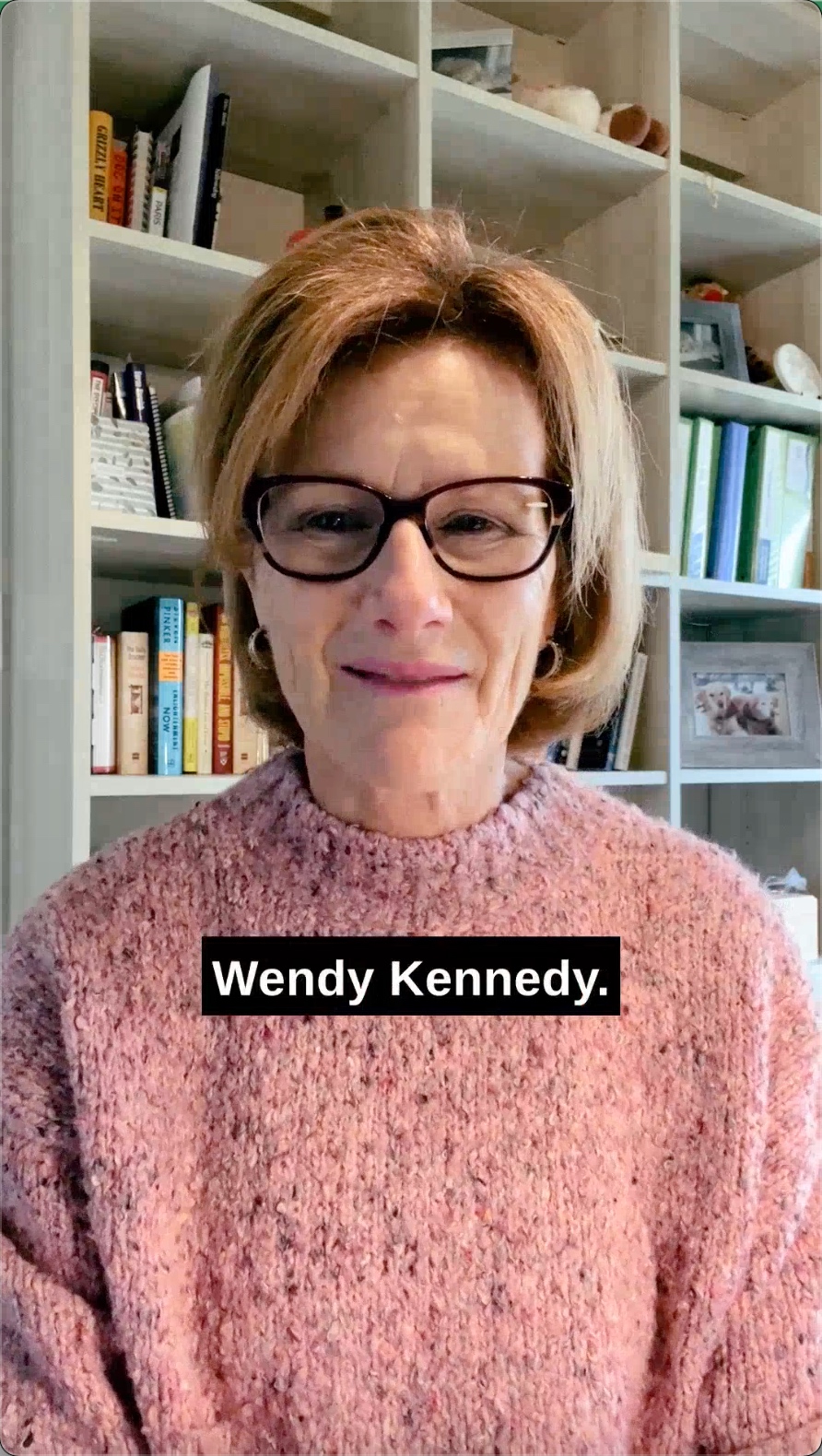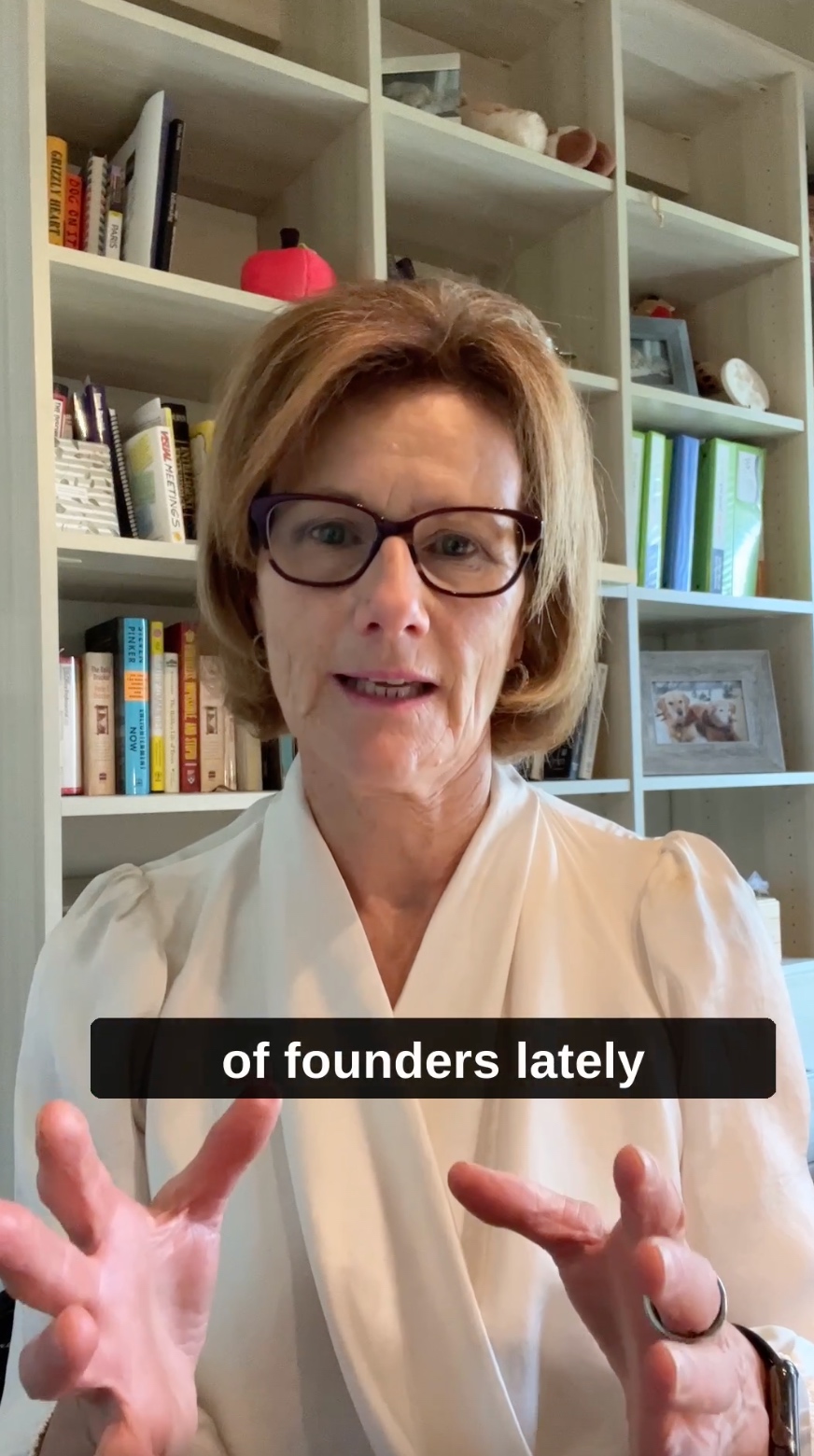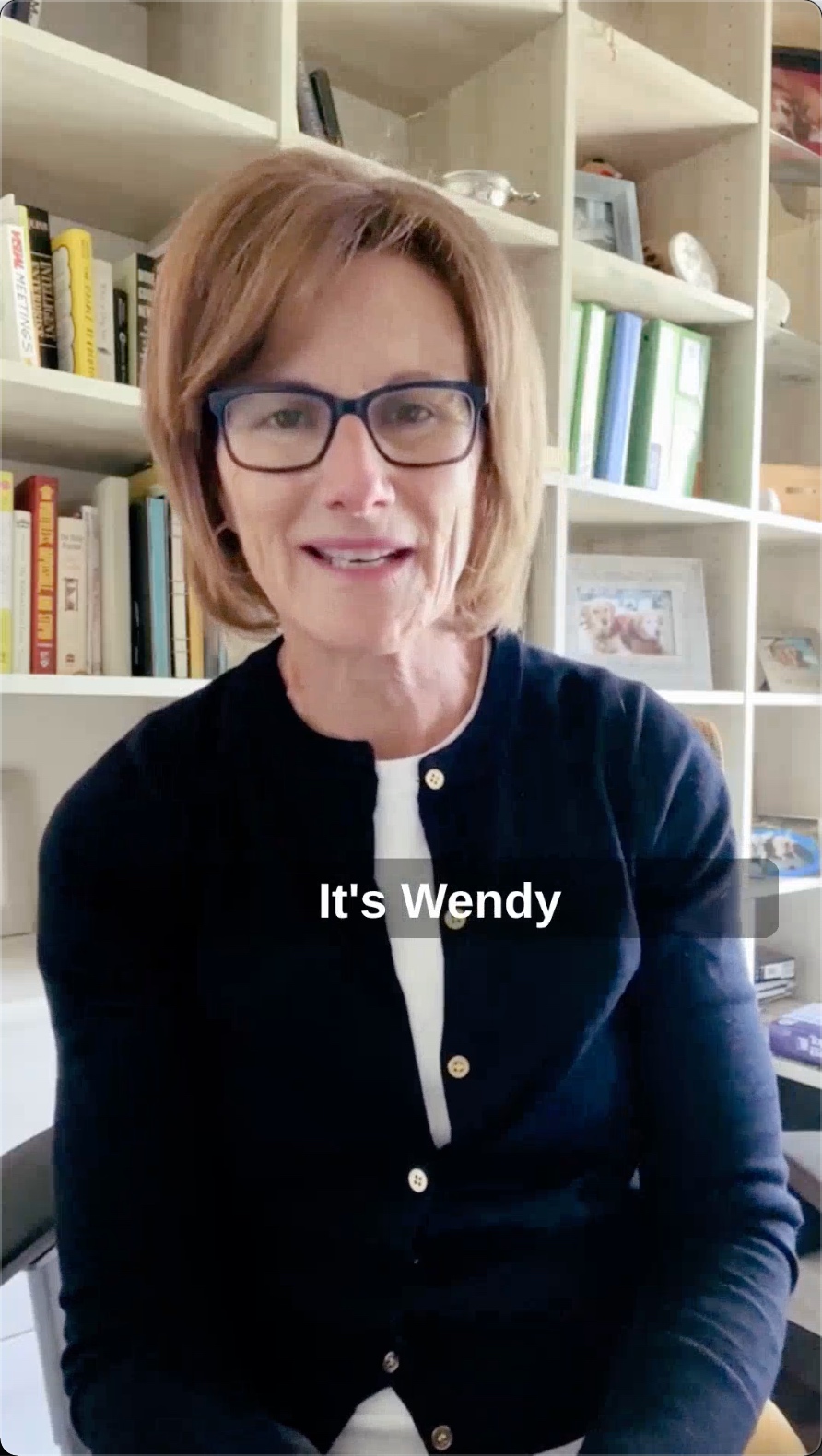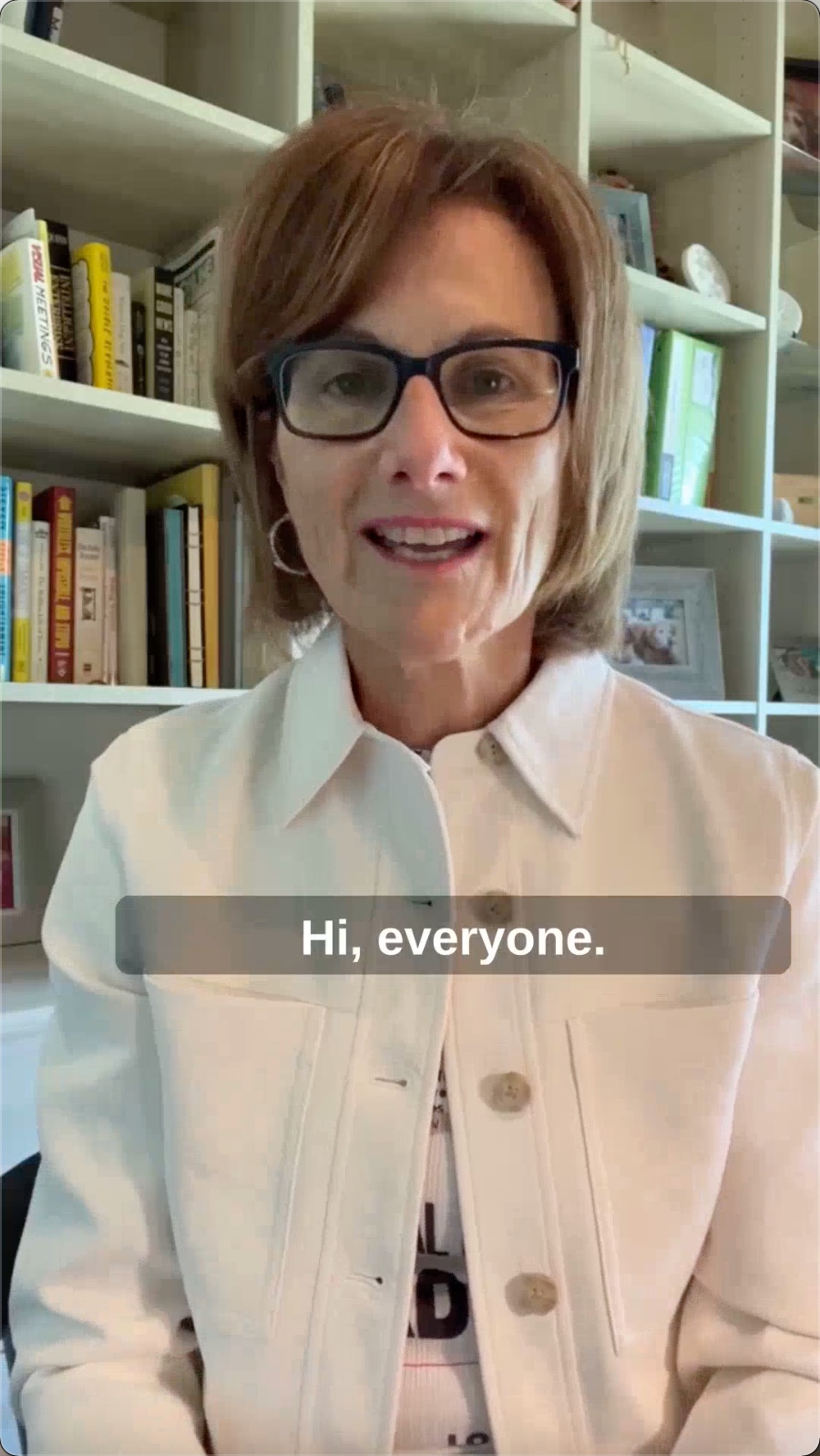Welcome back everyone! Ahhh… September – can’t you just feel the energy as we rev our engines back up for the fall? I love these days when everyone is kicking it up into high gear. There’s a buzz and enthusiasm in the air that’s infectious.
Many of our WKI Certified Coaches are stepping into a new season offering their pre-incubation and ideation programs to a new crop of innovators and entrepreneurs with new ideas. Our So what? who cares? why you?® is the engine inside these programs, helping founders to explore new and exciting directions for their early stage ideas. So, this update is dedicated to our WKI coaches who engage with founders “on the napkin” to help them articulate the value of their new, novel and sometimes game-changing ideas.
The Napkin Drawing Tool can play tricks on you if you’re not careful. On the surface, it looks so simple – just draw a picture of your idea. How hard can that be? Well, many people will tell you it’s a lot harder than you might think – primarily because, innovators are subject matter experts and want to talk in detail about the underlying science or technology of their ideas. Focusing that energy to draw a succinct, visual picture that people can quickly grasp requires 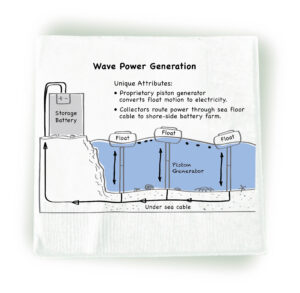 different, and often counter-intuitive thinking.
different, and often counter-intuitive thinking.
Here are a few tips and techniques to guide WKI Certified Coaches and others looking to harness the power of a cocktail napkin to transform new and often nebulous ideas:
Tips & Techniques:
- Think “Big Picture”: Sit back and consider the big picture view for your idea. In what context will it be used? Reflect on the impact it will make in a user setting. Will it interface with other components?
- Use People, Images & Directional Arrows in Your Napkin Drawing: This is an illustrative picture, not a technical schematic. Using people in your drawing really helps to create the user context and bring your idea to life. Use arrows, symbols, etc. to show directions, outputs and movements
- Avoid Using Words to Start: Drawing a picture without words forces you to avoid buzzwords, jargon and industry acronyms that most people will not understand. It also helps you to focus on drawing a picture versus writing.
- Don’t Educate Your Audience – this can take you down a road of providing too much data too soon. A napkin drawing should introduce your idea at a high-level, so that people understand the general context and can engage with you to learn more.
- Show it Off – Show early drafts of your napkin drawing to people who know nothing about your idea. Ask them to describe it to you without your help. Note their reactions and points of confusion and revise your drawing to fix these holes.
Finally, great napkin drawings typically have these five qualities:
- Simple – they capture the essence of the idea without e
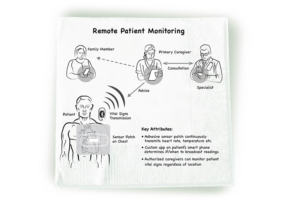 xtraneous detail.
xtraneous detail. - Dynamic – they show the idea in action and from a user’s perspective.
- Unique – they highlight the special attributes of the idea.
- Visual – they create a strong mental image for people to remember.
- Outcome-Oriented – they show the main elements and outcomes of the idea.
That’s it….a simple napkin drawing tool that when framed with these guidelines will deliver powerful outcomes.
Wishing everyone in our community of coaches, customers and partners success as they jump back into full swing with their programs.
Don’t miss our next WKI Certification Program taking place in Indianapolis, IN, October 26-27th. Register here for details.


